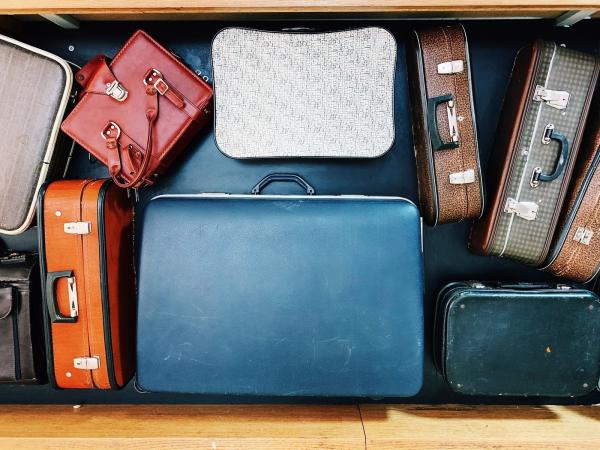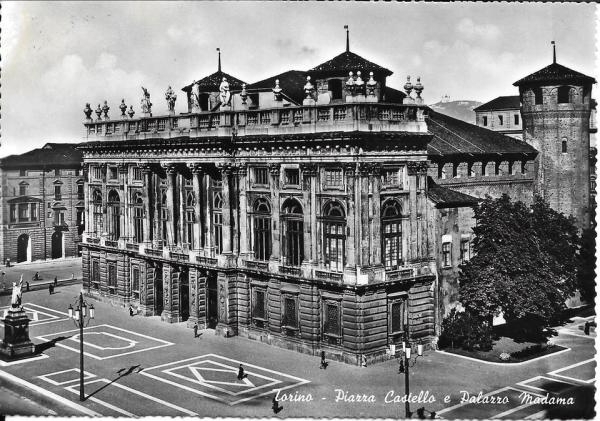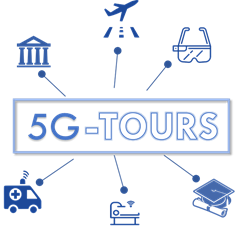
This project targeted 13 different use cases, each with a specific purpose, different stakeholders and users, a variety of technologies, etc. The objective would consist on improving the quality of life in a city, as well as the experience of tourists visiting that city. Grouped in three themes, 5G-TOURS has deployed end-to-end trials in real environments, each one in its trial site: Turin, the touristic city; Rennes, the safe city; and Athens; the mobility-efficient city.
Atos has led the work package related to the design of the 13 use cases envisaged by the project and the development of the augmented tourism experience –the Augmented Reality part– use case developed at Palazzo Madama in Turin. Atos has also participated in the Excursion on an AR/VR-enhanced Bus use case carried out in Athens; has developed an AI Agent for OSM functionality that has been adopted as a Proof of Concept (PoC) by Open Source Mano (OSM) and made available to the Open Source community through the readthedocs.io public repository; and participated in other technical, communication, dissemination and business activities as well.
In recent months demos of the different Use Cases have been organized on several dates and locations. The final review will be held on October 19th.

A multitude of applications have been implemented. Among others: pollution measurements, crowd estimation, media and robot pilots, remote health monitoring, remote ultrasound, remote video/3D scan, ambulance dashboard, airport evacuation and smart parking, situational awareness, and AR/VR application of Myrtis Greek use case. All these applications have been demonstrated in large scale trials and shown to be a very strong component of use case success. Besides the technical KPIs of these applications, their performance was assessed through questionnaires to collect feedback from users about the quality of the experience.
The use cases demonstrated the utility of 5G networks, as most of them are not met with 4G network performance. Following the 5G developments, services focused on three categories: enhanced mobile broadband (eMBB), ultra-reliable and low-latency communications (URLLC) and massive machine type communications (mMTC). However, these three services were not showcased separately. The aim of the deployment was to demonstrate that the network was capable of supporting several verticals with different requirements concurrently; some use cases were also designed to show that they were supported across different sites.
The project has achieved most of its expected results, although some challenges have been addressed, e. g. the use cases required three field-trials comprising indoor and outdoor deployments and involved real end-users and vertical operational services in three different European cities. Albeit deployments were initially based on the existing infrastructure offered by the 5G-EVE ICT-17 platform, its functionality had to be extended by the 5G-TOURS project in order to support all the use cases requirements (i.e., broadcast functionality).
The contribution of Atos Research and Innovation in this project has been key, as we played an important role in most of the work packages.
Check some explanatory videos at 5G-Tours Youtube channel.

